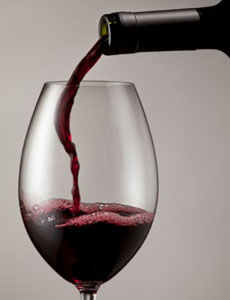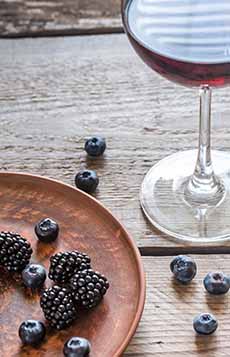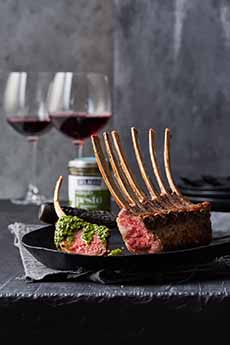What Is Malbec? Check It Out For Malbec World Day
|
|
Celebrated on April 17th, Malbec World Day (not World Malbec Day) is the perfect opportunity to open up a bottle of the wine that is Argentina’s claim to varietal fame. Malbec is a purple grape that produces red wine that’s a deep purple-red in color and nearly opaque, similar to Syrah and Mourvedre. The original Malbec rootstock came from France, where it was widely planted in the Cahors region in the Midi-Pyrénées region of south-central France. The first records of the varietal date to the 16th century. when it was known as Auxerrois. The name Malbec was introduced at some point in the 1780s, likely because a Monsieur Malbeck planted it in Bordeaux [source]. It was also planted in the Loire Valley of central France, and in California. But Argentina now has 75% of the world’s Malbec acreage. Here’s more on the history of Malbec. Argentine Malbec is very different from its French parent. As is true among all wine grapes (and some other crops), planting the same vines in different terroirs* yield different results. During the experiment period, which planted different wines in different terroirs*, Malbec proved to be a star. It flourished in the Mendoza region of Argentina, in the northwest part of the country at the foothills of the Andes Mountains. As a result of the volume produced and the economics of wine production in Argentina, Malbec also proved to be a bargain. It’s a well-priced alternative to Cabernet Sauvignon. You can find many good Malbecs for $10 a bottle or less. You can also find bottles at twice that price, and even pricier—for example, $95 for a bottle of Cheval des Andes, a joint venture between Bordeaux’s great Chateau Cheval Blanc and Argentina’s Terrazas de los Andes. Our wine editor, Kris Prasad, has a fondness for Altos Las Hormigas and Alamos (photo #3—one of the wines can have some Syrah added, depending on the vintage). Both can be found for $10 or less, although special bottlings (e.g., certain vineyards) cost more. He also likes Tinto Negro “Limestock Block,” pricier at around $15. He calls it an “interesting wine”; it is two-thirds Malbec. We haven’t had it, but we do love the label, with part of the name spelled backwards (photo #4). And $10? Can’t beat that for a good wine. Steak—of which Argentina has a bounty—is a classic pairing (give us a T-bone, please!). But Malbec is much more flexible than a pairing with beef. Try it with: For an even bigger celebration, put on some tango music—which developed in Argentina—and dance! *ABOUT TERROIR: The same rootstock that is grown in different locations produces different flavors; for example, depending on where it is grown, Sauvignon Blanc can have grass or grapefruit notes—or neither. Terroir, pronounced tur-WAH, is a French agricultural term referring to the unique set of environmental factors in a specific habitat that affect a crop’s qualities. It includes climate, elevation, proximity to a body of water, slant of the land, soil type and amount of sun. These environmental characteristics gives the wine its character. Terroir is the basis of the French A.O.C. (appellation d’origine contrôlée) system. |
|
|
|
||








